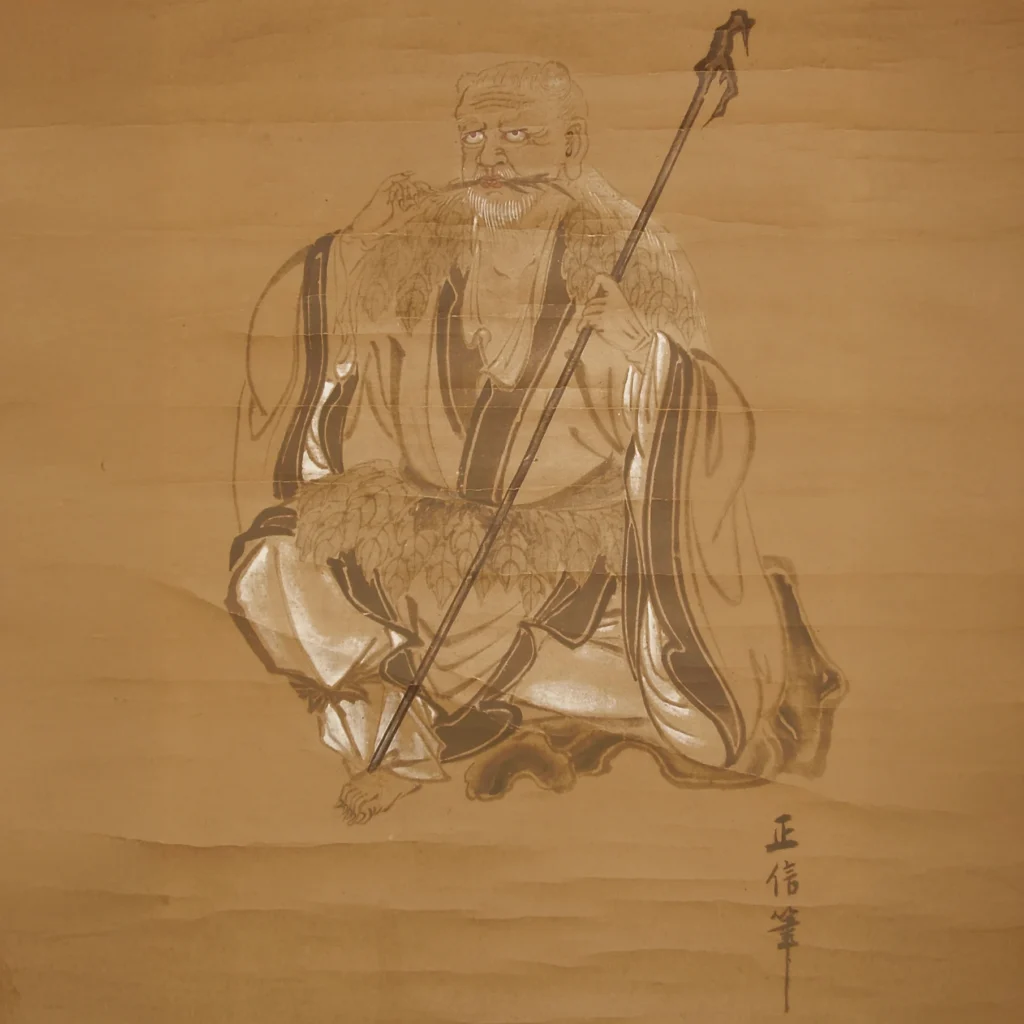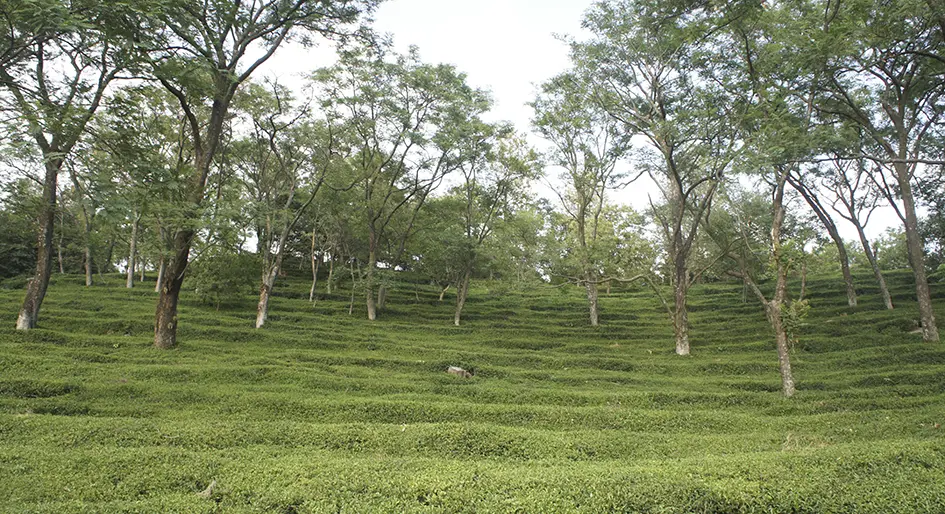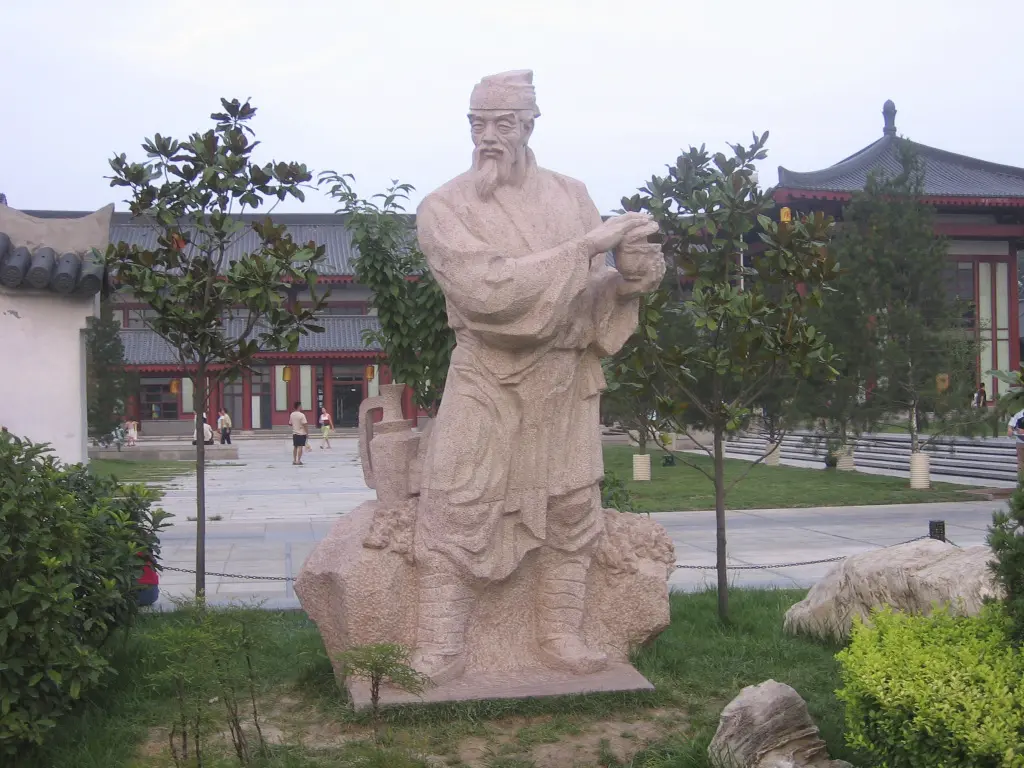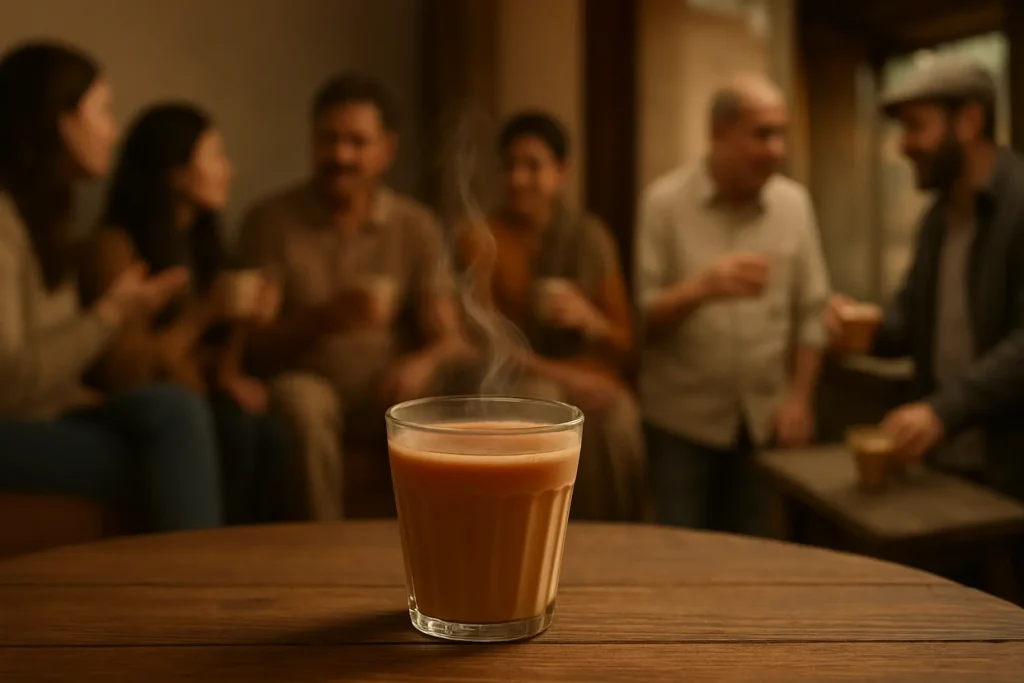
History of Tea in the World
Tea has a rich and fascinating history that dates back thousands of years. The legend of its origin is often attributed to Emperor Shen Nong of China in 2737 BCE, who discovered the beverage when tea leaves accidentally fell into his boiling water.
Over the centuries, tea spread across Asia and became an integral part of culture in China and Japan. By the 16th century, Portuguese and Dutch traders brought tea to Europe. The British popularized tea in the 17th century, leading to large-scale cultivation in their colonies, especially India and Sri Lanka.
Today, tea is the second-most consumed beverage in the world after water, with countless varieties and traditions shaping how people enjoy it.
History of Tea in India
Tea cultivation in India took off during the British colonial era. While wild tea plants had always grown in Assam, commercial production began in the early 19th century, when the British East India Company sought an alternative to Chinese tea.
- Assam became famous for strong, malty black tea.
- Darjeeling emerged as the “Champagne of teas,” loved worldwide.
- Later, tea cultivation expanded to Nilgiris (Tamil Nadu), Kangra (Himachal Pradesh), and other regions.
Today, India is one of the largest tea producers in the world, with iconic varieties like Assam, Darjeeling, Nilgiri, and Masala Chai treasured globally.

Tea Growing Regions
India
- Assam
- Darjeeling (West Bengal)
- Nilgiris (Tamil Nadu)
- Kangra (Himachal Pradesh)
- Munnar (Kerala)
- Dooars & Terai (West Bengal)
World
- China – Yunnan, Fujian, Zhejiang
- Japan – Shizuoka, Kyoto, Kagoshima
- Sri Lanka – Uva, Kandy, Nuwara Eliya
- Kenya – Kericho, Nandi
- Taiwan – Nantou, Alishan
- Vietnam – Thai Nguyen, Lam Dong

The Emotion of Tea
Tea is more than a beverage — it’s an emotion. From morning rituals to late-night conversations, tea evokes comfort, nostalgia, and warmth. In India, serving chai is a symbol of hospitality and togetherness.

FAQ
Types of Tea in Indian States
- Assam – Assam Black Tea
- West Bengal – Darjeeling Tea
- Tamil Nadu – Nilgiri Tea
- Himachal Pradesh – Kangra Tea
- Kerala – Munnar Tea
- Tripura – Tripura Green Tea
- Sikkim – Temi Tea
- Meghalaya – Lakyrsiew Tea
- Arunachal Pradesh – Donyi Polo Tea
- Manipur – Organic Green Tea
- Nagaland – Wild Forest Tea
- Mizoram – Local Herbal Tea
- Uttarakhand – Kumaon Tea
- Jharkhand – Indigenous Tribal Tea
- Odisha – Kandhamal Tea
- Bihar – Kishanganj Tea
Types of Tea (with Descriptions)
- Black Tea– Fully oxidized, strong and robust.
- Green Tea– Fresh, grassy taste, high antioxidants.
- Oolong Tea– Partially oxidized, floral and fruity.
- White Tea– Minimally processed, delicate and sweet.
- Herbal Tea– Caffeine-free infusions from herbs/spices.
- Masala Chai– Spiced Indian tea with milk and cardamom.
- Pu-erh Tea– Aged, fermented, earthy undertones.
- Yellow Tea– Rare, smooth, slow-oxidized.
- Matcha Tea– Japanese powdered green tea, frothy and rich.
- Butter Tea– Tibetan tea with yak butter and salt.
Most Expensive Teas in the World
- Da-Hong Pao (China)– $1.2 million/kg
- Panda Dung Tea (China)– $70,000/kg
- Tieguanyin (China)– $3,000/kg
- Yellow Gold Buds (Singapore)– $3,000/kg
- Silver Tips Imperial (India)– $400/kg
- Gyokuro (Japan)– $200/kg
- Assam Black Tea (India)– $50/kg
- Masala Chai (India)– $10/kg
Famous People in Tea History
- Emperor Shen Nong– Discovered tea (legend).
- Robert Fortune– Smuggled tea plants from China to India.
- Thomas Lipton– Founder of Lipton Tea.
- R.D. Tata– Expanded India’s tea industry.
- Merrill J. Fernando– Founder of Dilmah Tea.
- Kailash Rathi– Advocate of premium Indian teas.
Market Size of Tea
- Global Tea Market– ~ $55 billion (2023) and growing.
- Indian Tea Market– ~ $12 billion, with India as the 2nd largest producer and consumer.
Tea Manufacturing Process
- Plucking– Tender leaves harvested.
- Withering– Leaves dried to remove moisture.
- Rolling– Essential oils released.
- Oxidation/Fermentation– Leaves change color & flavor.
- Drying/Firing– Heat applied to stop oxidation.
- Sorting & Grading– Leaves classified.
- Packaging– Sealed for freshness.
Social & Economic Role of Tea in India
- Supportsmillions of livelihoods in plantations.
- Contributes significantly toexports.
- Forms part oftourism (Darjeeling, Assam, Nilgiris).
- Acts as abonding ritual in Indian society.
Cultivation Processes (by Tea Type)
- Black Tea– Withering, rolling, oxidation, drying.
- Green Tea– Steamed/pan-fired, no oxidation.
- Oolong Tea– Partially oxidized, balanced flavor.
- White Tea– Minimally processed, dried naturally.
- Pu-erh Tea– Fermented & aged.
- Matcha Tea– Shade-grown, stone-ground.